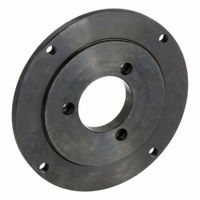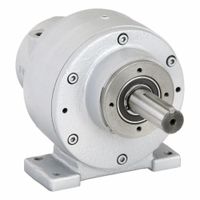Air motors, also known as pneumatic motors, and electric motors differ significantly in terms of efficiency and performance.
Efficiency:
Electric motors generally have higher efficiency, often exceeding 85-90%, due to their ability to convert electrical energy into mechanical energy with minimal losses. In contrast, air motors typically have lower efficiency, ranging from 20-30%, because they rely on compressed air, which involves energy losses during compression and expansion processes.
Performance:
1. **Torque and Speed Control**: Electric motors offer precise control over speed and torque, making them suitable for applications requiring consistent performance. Air motors, however, provide high starting torque and can stall under load without damage, which is advantageous in applications needing variable speed and torque.
2. **Power-to-Weight Ratio**: Air motors have a higher power-to-weight ratio, making them lighter and more compact than electric motors of equivalent power. This is beneficial in portable or space-constrained applications.
3. **Durability and Maintenance**: Air motors are more robust in harsh environments, as they are less affected by dust, moisture, and temperature extremes. They require less maintenance compared to electric motors, which can suffer from electrical issues and overheating.
4. **Safety**: Air motors are inherently safer in explosive or flammable environments since they do not produce sparks, unlike electric motors.
5. **Energy Source**: Electric motors depend on a stable electrical supply, while air motors require a compressed air system, which can be less efficient but offers flexibility in remote or hazardous locations.
In summary, electric motors are more efficient and offer precise control, while air motors excel in environments where durability, safety, and high power-to-weight ratio are prioritized. The choice between the two depends on the specific requirements of the application.



